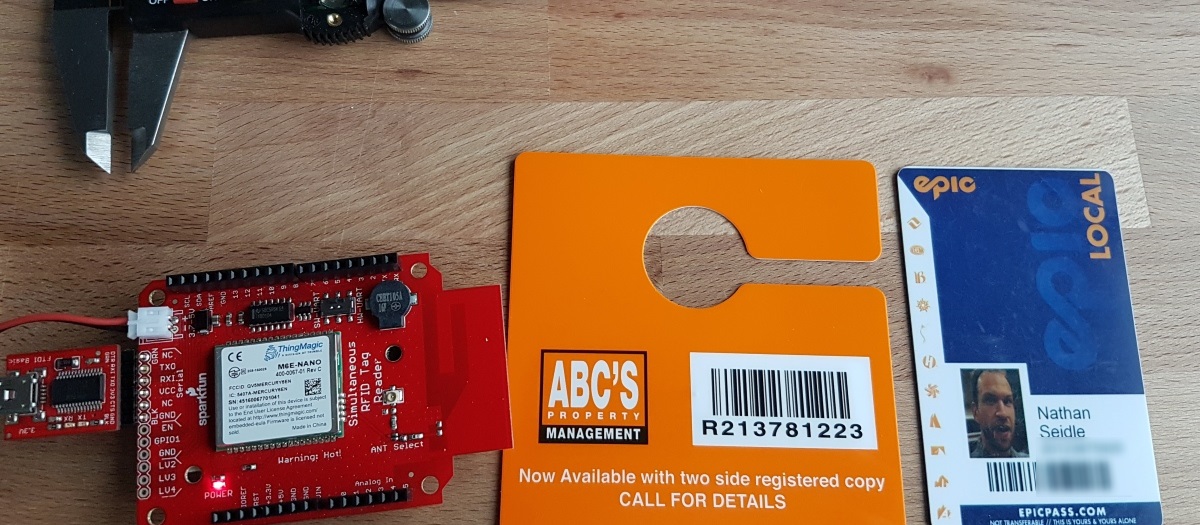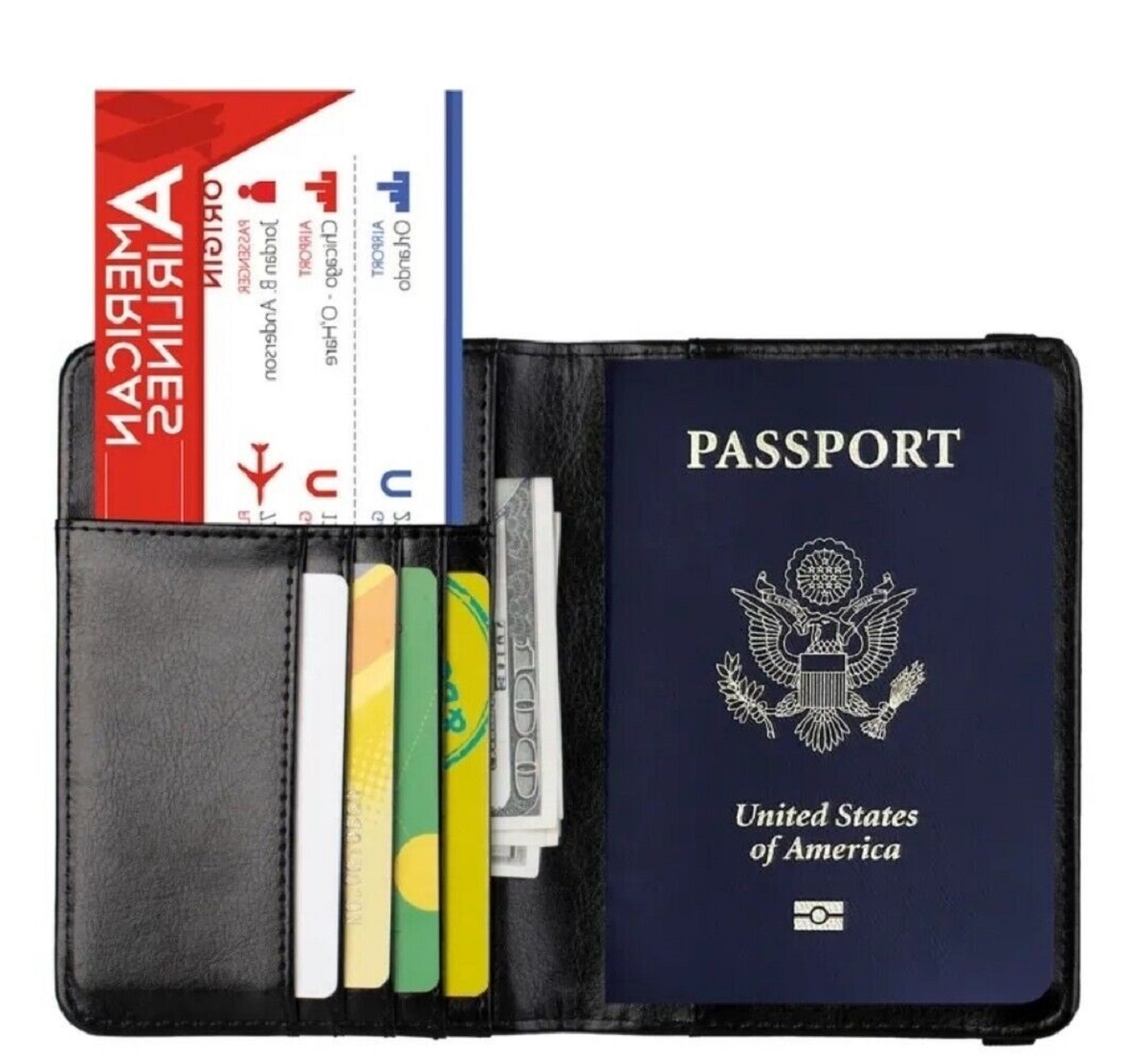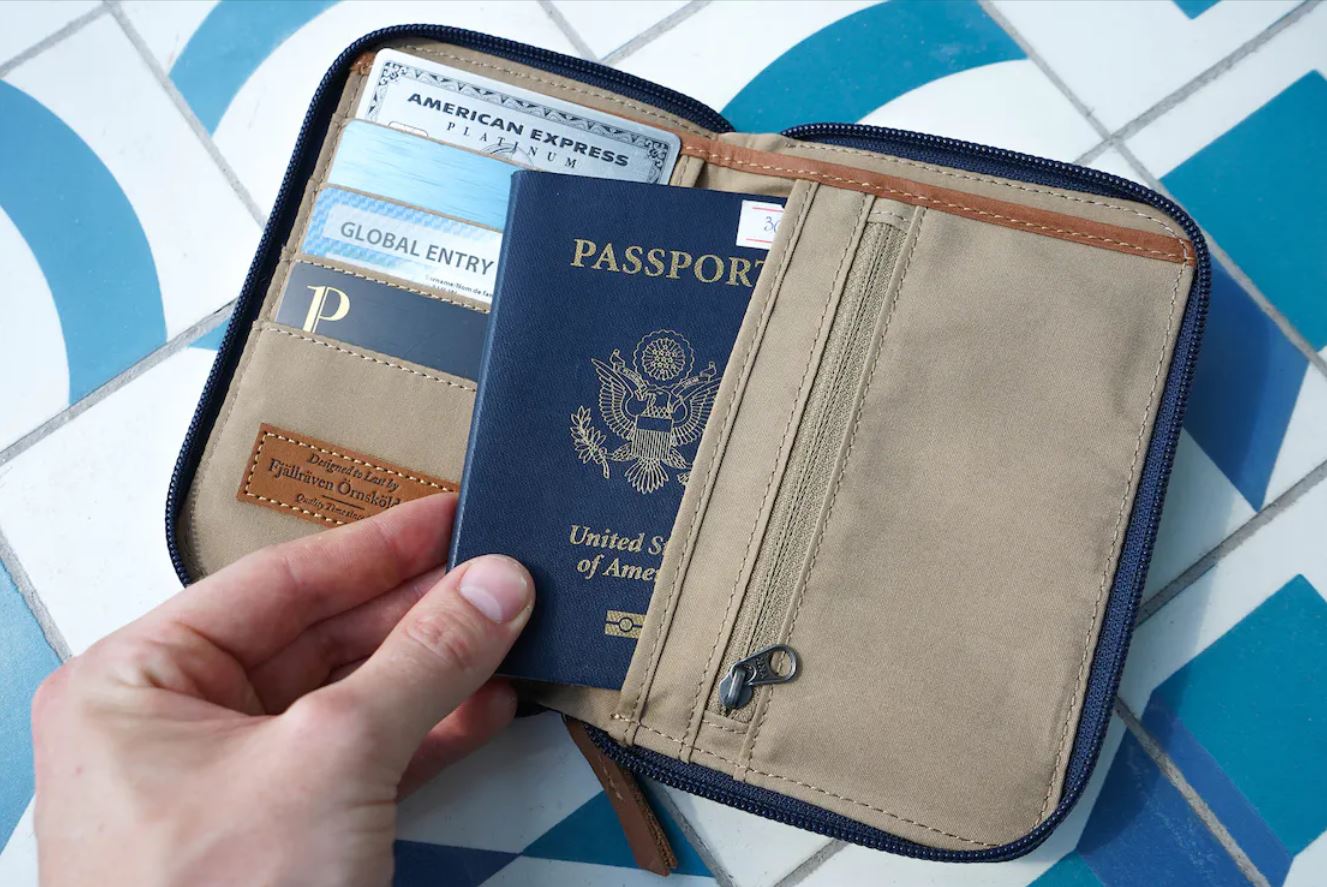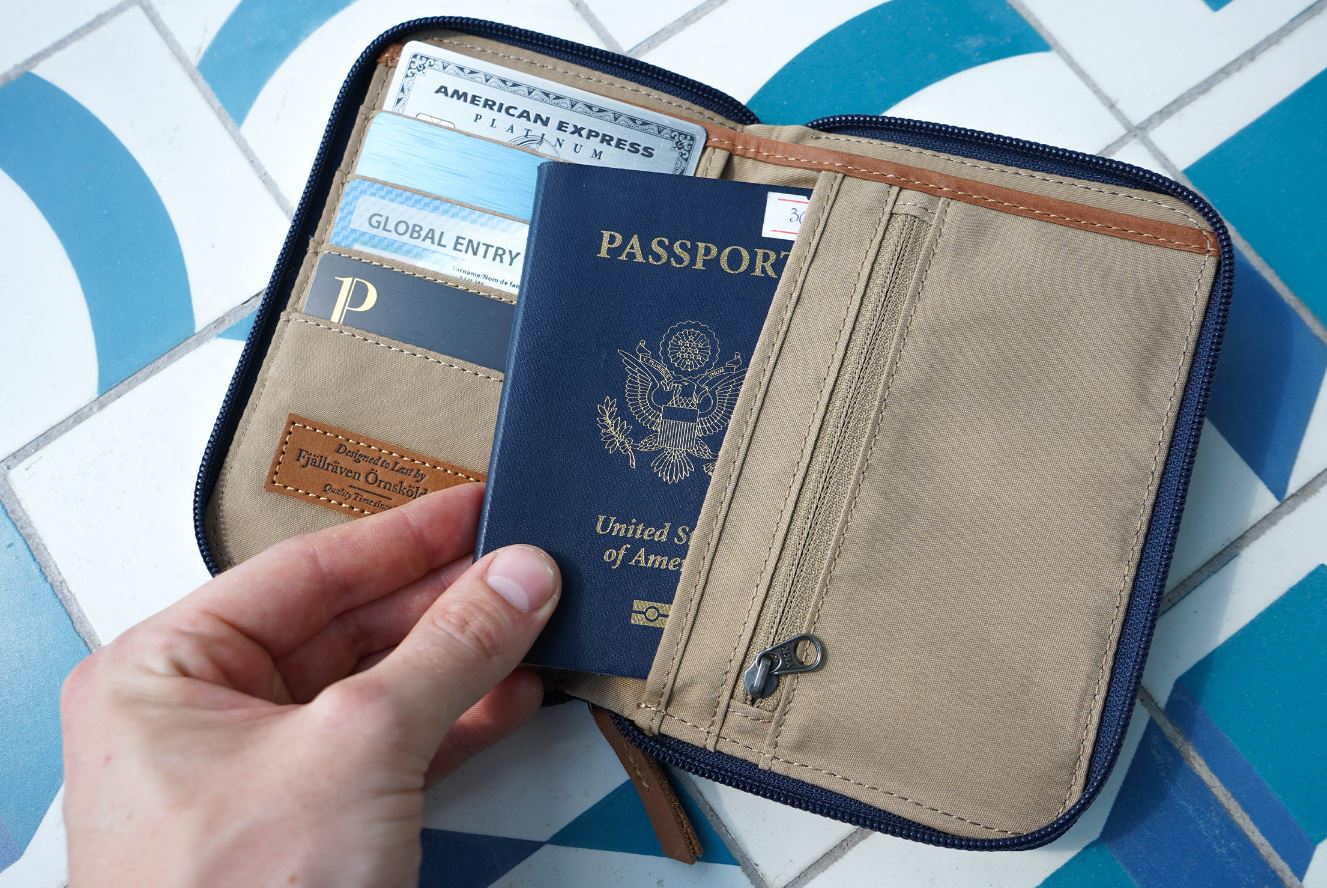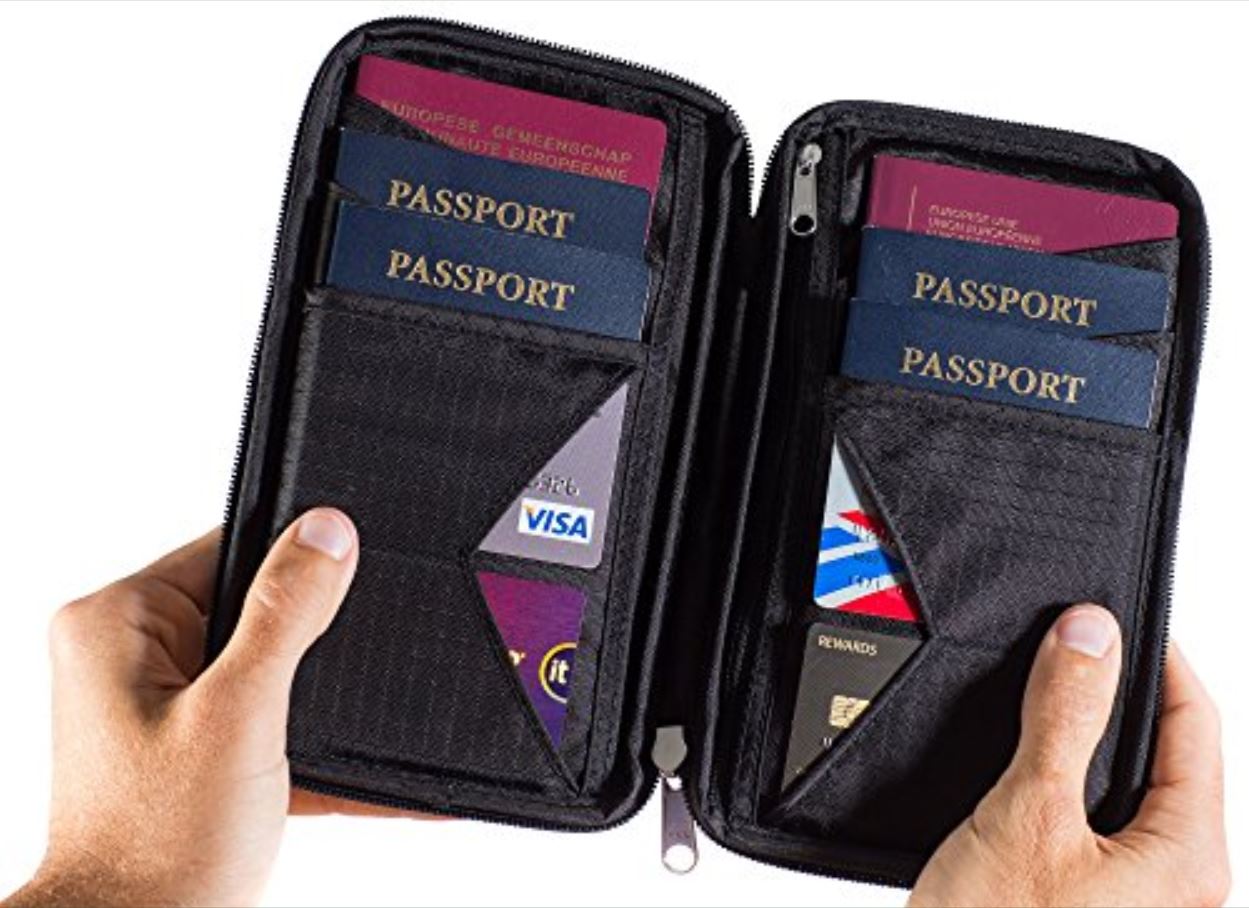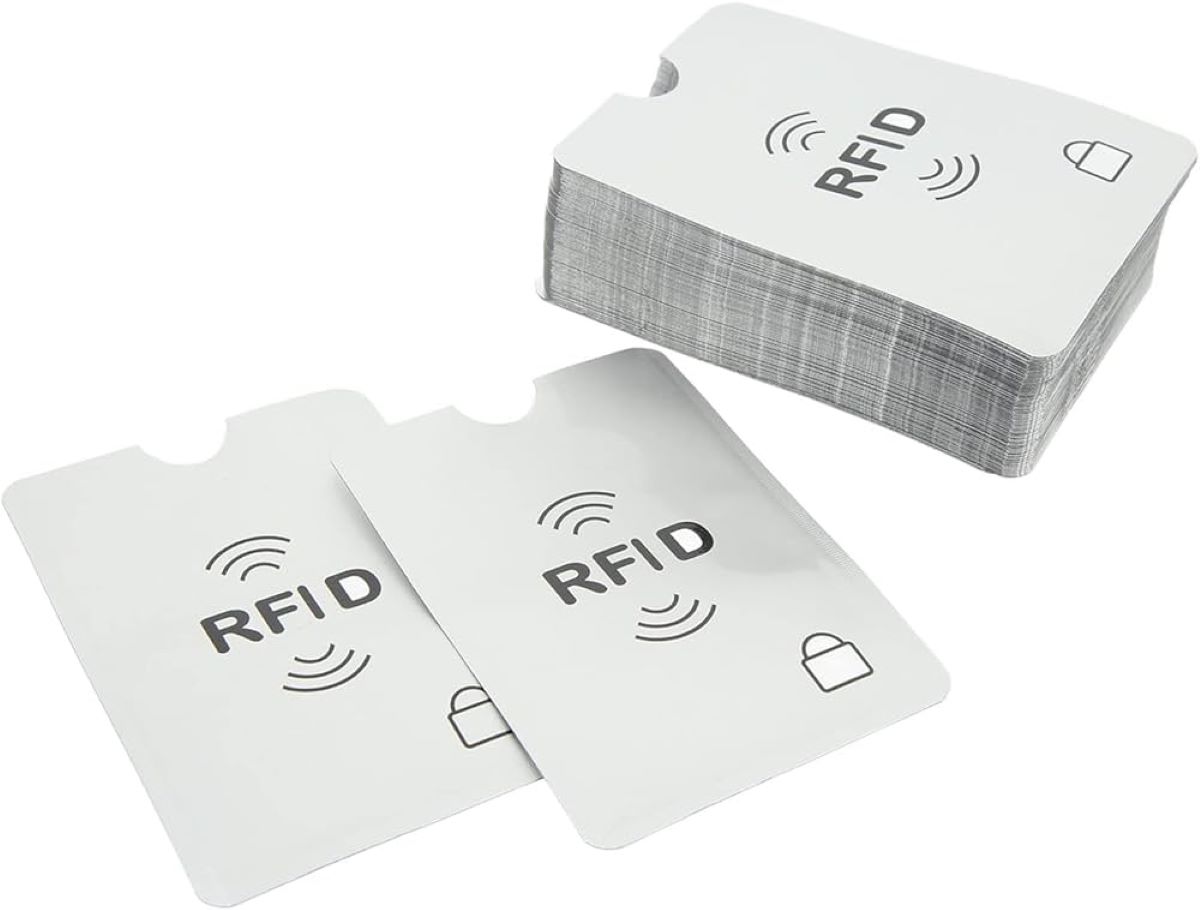Introduction
Imagine hitting the slopes on a crisp winter morning, eagerly awaiting the rush of adrenaline as you glide down the mountainside. As you approach the lift, you reach for your RFID ski pass, knowing that it holds the key to a seamless day on the slopes. But have you ever wondered how exactly RFID ski passes work?
RFID, which stands for Radio Frequency Identification, is a technology that has revolutionized various industries, including the ski resort industry. By using radio waves to transmit data wirelessly, RFID has streamlined the process of accessing ski lifts and tracking skier activities.
In this article, we will delve into the world of RFID ski passes, exploring how they work, their components, and the benefits and concerns associated with their usage.
But before we dive into the specifics of RFID ski passes, let’s first familiarize ourselves with the concept of RFID and how it functions in various applications.
RFID is a wireless technology that allows for the identification and tracking of objects using radio waves. It consists of three primary components: a tag, a reader, and a backend system.
The tag, also known as an RFID transponder, is a small electronic device that contains a chip and an antenna. It is attached to the object that needs to be identified or tracked, such as a ski pass. The tag can be active, which means it has its own power source, or passive, relying on the reader to obtain power through electromagnetic waves.
The reader, often referred to as an RFID scanner or interrogator, is a device that emits radio waves and detects the signals sent by the RFID tags. When a tag comes within range of the reader, it energizes the tag, allowing it to send back a unique identifier and any additional information stored on the tag.
The backend system is the central database or software that collects, analyzes, and manages the data collected from the RFID tags. It serves as the brain behind the RFID system, processing the information received from the readers and making it accessible for various applications.
RFID technology is widely used in various industries, including manufacturing, logistics, retail, and healthcare. It enables businesses to improve inventory management, enhance supply chain visibility, reduce theft, and streamline processes.
Now that we have a basic understanding of how RFID works, let’s delve into the specific applications of RFID technology in ski resorts and the fascinating world of RFID ski passes.
What is RFID?
RFID, which stands for Radio Frequency Identification, is a technology that allows for the wireless identification and tracking of objects using radio waves. It has become a ubiquitous presence in our daily lives, revolutionizing various industries and offering a wide range of applications.
At its core, RFID technology consists of three main components: a tag, a reader, and a backend system. The tag, often referred to as an RFID transponder, is a small electronic device equipped with a chip and an antenna. It is attached to the object that needs to be identified or tracked, such as a product, a vehicle, or in our case, a ski pass.
The RFID reader, also known as an RFID scanner or interrogator, is a device that emits radio waves and detects the signals sent by the RFID tags. When a tag comes within range of the reader, it energizes the tag, allowing it to transmit a unique identifier and any additional information stored on the tag.
The backend system serves as the central database or software that collects, analyzes, and manages the data collected from the RFID tags. It acts as the brain behind the RFID system, processing the information received from the readers and making it accessible for various applications.
One of the key advantages of RFID technology is its ability to transmit data wirelessly and without line-of-sight. This means that the reader can capture the information from multiple tags simultaneously, making it highly efficient and convenient in various scenarios.
RFID technology has found applications in a wide range of industries, such as manufacturing, logistics, retail, healthcare, and even ski resorts. It offers numerous benefits, including improved inventory management, enhanced visibility in the supply chain, streamlined processes, and reduced labor costs.
In the next section, we will explore how RFID technology is specifically utilized in ski resorts, focusing on the fascinating world of RFID ski passes and how they have transformed the skiing experience.
How Does RFID Work?
RFID technology operates on the principle of using radio waves to transmit data wirelessly between the RFID tags and readers. Understanding how RFID works is key to unraveling the inner workings of RFID ski passes and their functionality in ski resort settings.
When a ski pass is equipped with an RFID tag, it contains information such as a unique identifier and possibly additional data, like the skier’s name, ski pass type, or access privileges. This information is stored on a microchip embedded within the RFID tag.
When a skier approaches a lift gate or access point that is equipped with an RFID reader, the reader emits radio waves that energize the RFID tag. This energy allows the tag to transmit its unique identifier back to the reader, which captures and processes the information.
The captured data is then sent to the backend system, where it is stored and analyzed. In the context of ski resorts, this information can include data such as the skier’s entry and exit times, lift usage, and even preferences and usage patterns.
This real-time data collected from the RFID tags allows ski resorts to efficiently manage lift access, monitor ski area occupancy, and provide personalized services to the skiers. For example, by tracking the skier’s lift usage, resorts can determine wait times and optimize lift operations to improve the overall skiing experience.
The range of RFID technology can vary depending on the specific system and equipment used. Some RFID systems have a short-range, requiring the skier to hold their ski pass close to the reader, while others have a longer range, allowing for quicker and more convenient access to lifts.
It’s worth noting that RFID technology is secure and reliable due to the unique identifier assigned to each RFID tag. This identifier acts as a digital signature, ensuring that the data transmitted between the tag and reader is authentic and cannot be easily tampered with.
Overall, RFID technology has transformed the ski resort experience by streamlining lift access, providing valuable data insights, and enhancing the overall skiing experience for both skiers and resort operators.
In the next section, we will explore the specific components that make up an RFID ski pass and how they come together to deliver a seamless skiing experience.
Applications of RFID
RFID technology has found wide-ranging applications in a diverse range of industries, offering benefits such as improved inventory management, enhanced security, and streamlined operations. Let’s explore some of the key applications of RFID beyond the realm of ski resorts.
Retail: RFID has revolutionized the retail industry by enabling efficient inventory management, reducing stockouts, and minimizing theft. Retailers can track the movement of products in real-time, optimize stock replenishment, and provide accurate product information to customers. RFID tags can be attached to individual items, enabling seamless tracking throughout the supply chain.
Manufacturing and Logistics: RFID technology is used extensively in manufacturing and logistics to track and manage the movement of goods and assets. It enhances supply chain visibility, improves order accuracy, and enables real-time monitoring of inventory levels. RFID tags attached to products or shipping containers allow for streamlined tracking and can significantly reduce manual labor and errors in inventory management.
Healthcare: RFID technology is valuable in the healthcare sector, making processes more efficient and improving patient safety. RFID tags can be used to track medical equipment, monitor medication usage, and ensure proper patient identification. This helps reduce errors, prevent equipment loss, and enhance patient care and security.
Transportation and Logistics: RFID is widely used in transportation and logistics to streamline operations and improve security. For example, RFID tags attached to vehicles or containers allow for automated identification and tracking throughout the logistics process. This enhances efficiency, reduces errors, and improves the overall management of goods and assets in transit.
Access Control and Security: RFID technology is extensively used in access control systems to grant authorized access to buildings, facilities, and restricted areas. RFID cards or tags can be used to quickly and securely identify individuals, replacing conventional keys or access codes. This improves security, eliminates the need for physical keys, and allows for easy monitoring of access activity.
Animal Tracking: RFID tags are commonly used in the agricultural industry for livestock and pet tracking. Each animal is assigned a unique RFID tag, allowing farmers and pet owners to monitor their location, health, and movements. This helps in managing herds, preventing theft, and ensuring the well-being of animals.
These are just a few examples of the diverse applications of RFID technology. Its versatility and usefulness have made it a valuable tool in various industries, offering numerous benefits in terms of efficiency, security, and improved operations.
In the next section, we will explore the fascinating world of RFID ski passes and how they have become an integral part of the ski resort experience.
What is an RFID Ski Pass?
An RFID ski pass, also known as an RFID-enabled lift ticket or ski card, is a type of ski pass that incorporates RFID technology for seamless access to lifts and other ski resort facilities. It has become a standard feature in many ski resorts around the world, replacing traditional paper lift tickets or barcode-based systems.
The RFID ski pass consists of a plastic card or wearable device, such as a wristband or sticker, that contains an embedded RFID tag. This tag is equipped with a microchip and an antenna, which allows for wireless communication with the RFID readers installed at lift gates and other access points throughout the resort.
Each RFID ski pass is assigned a unique identifier that is associated with the skier’s account in the resort’s backend system. This identifier acts as a digital signature, allowing for quick and accurate identification of the ski pass holder.
RFID ski passes offer numerous advantages over traditional lift tickets. Firstly, they provide convenience and speed, allowing skiers to access lifts with a simple tap or proximity to the RFID reader. This eliminates the need to physically present and scan tickets, reducing waiting times and improving the overall flow of skiers through the resort.
In addition to lift access, RFID ski passes can also be used for other services and facilities within the resort. For example, they can be linked to rental equipment, ski school lessons, or even on-mountain purchases. This integrated approach simplifies the skiing experience, as skiers can use a single RFID-enabled card or wristband for multiple services, eliminating the need to carry multiple physical items.
Furthermore, RFID ski passes offer enhanced security and anti-fraud measures. The unique identifier assigned to each pass helps prevent unauthorized access, as counterfeit or cloned passes can be easily identified. This ensures that skiers with valid passes have exclusive access to the resort’s facilities.
Overall, RFID ski passes have transformed the skiing experience by providing seamless and efficient access to lifts and other resort amenities. They offer convenience, speed, and enhanced security, allowing skiers to fully enjoy their time on the slopes.
In the next section, we will delve into the components that make up an RFID ski pass and how they work together to enable the smooth functioning of ski resort operations.
Components of an RFID Ski Pass
An RFID ski pass consists of several key components that work together to enable seamless lift access and other resort services. Understanding these components is essential to grasp the inner workings of an RFID ski pass system.
1. RFID Tag: The RFID tag is the heart of the ski pass. It is a small electronic device that contains a microchip and an antenna. The microchip stores the unique identifier associated with the pass, as well as any additional data such as the skier’s name or pass type. The antenna enables the communication between the tag and RFID readers.
2. Plastic Card or Wearable Device: The RFID tag is typically embedded within a plastic card or integrated into a wearable device, such as a wristband or sticker. The choice of form factor depends on the resort’s preference and the convenience of the skiers. The card or wearable device serves as the physical carrier of the RFID tag.
3. RFID Reader: The RFID reader, also known as an RFID scanner or interrogator, is the device installed at lift gates and other access points. It emits radio waves and captures the unique identifier transmitted by the RFID tag. The reader then processes the information and sends it to the resort’s backend system for validation and further actions.
4. Backend System: The backend system is the central database or software that manages the data collected from the RFID ski passes. It includes the skiers’ information, such as pass type, usage history, and account details. The backend system validates the information received from the RFID reader and determines if the skier has access privileges for lifts or other services.
5. Resort Infrastructure: The RFID ski pass system requires the resort to install RFID readers at lift gates and access points across the mountain. These readers are strategically placed to ensure quick and accurate detection of the ski pass within range. The resort infrastructure also includes the software and hardware components that support the RFID technology, ensuring seamless communication between the RFID tags and readers.
Together, these components create an integrated system that allows skiers to effortlessly access lifts and enjoy other resort services. The RFID tag embedded within the ski pass provides the necessary identification and access privileges, while the readers and backend system validate and process the information.
In the next section, we will explore how an RFID ski pass works in practice, from the moment a skier approaches the lift gate to the validation process and access to the slopes.
How Does an RFID Ski Pass Work?
RFID ski passes are designed to provide seamless and efficient access to lifts and other resort amenities. Let’s take a closer look at how an RFID ski pass works, from the moment a skier approaches the lift gate to the validation process and access to the slopes.
When a skier with an RFID ski pass approaches a lift gate, the RFID reader installed at the gate emits radio waves. These waves energize the RFID tag embedded within the ski pass, activating the tag’s microchip.
The energized RFID tag then transmits its unique identifier back to the RFID reader. This identifier is captured and processed by the reader, which sends the information to the resort’s backend system for validation.
The backend system checks the skier’s unique identifier against the database of valid pass holders. It verifies the skier’s access privileges, pass type, and any additional data stored on the tag. This validation process typically takes only a fraction of a second.
If the skier’s pass is valid and grants access to the lift, the backend system sends the confirmation signal back to the RFID reader. The reader then activates the lift gate, allowing the skier to pass through and board the lift.
The process of accessing the lifts is quick and straightforward, usually requiring only a simple tap or proximity of the ski pass to the RFID reader. This eliminates the need for manual ticket scanning or physical interactions, reducing waiting times and enhancing the overall efficiency of lift access.
Throughout the ski day, the RFID ski pass continues to communicate with the RFID readers installed at various access points across the resort. This allows for continuous tracking of the skier’s activity, such as the lifts used, entry and exit times, and other relevant data.
The real-time data collected from the RFID ski passes enables the resort to monitor and manage lift operations efficiently. It helps optimize lift queues, anticipate peak periods, and provide insights for resource allocations.
Moreover, RFID ski passes can be linked to other resort services, such as rental equipment, ski school lessons, or on-mountain purchases. This allows skiers to use their RFID-enabled ski pass for various transactions and services within the resort, further enhancing the convenience and seamless experience.
Overall, an RFID ski pass simplifies the process of accessing lifts and offers added benefits like data tracking and integration with other resort services. It has become an integral part of the modern ski resort experience, providing skiers with a seamless and efficient way to navigate the slopes.
In the next section, we will explore the benefits of using RFID ski passes for both skiers and resort operators.
Benefits of Using RFID Ski Passes
RFID ski passes offer a range of benefits for both skiers and resort operators. Let’s explore the advantages of using RFID ski passes and why they have become the preferred choice in many ski resorts around the world.
1. Convenience and Speed: RFID ski passes provide a convenient and efficient way to access lifts. Skiers can simply tap or bring their pass close to the RFID reader, eliminating the need to physically present or scan tickets. This reduces waiting times and allows for smooth and seamless entry to lifts, enhancing the overall skiing experience.
2. Seamless Integration: RFID ski passes can be easily linked to other resort services, such as rental equipment, ski school lessons, or on-mountain purchases. Skiers can use a single RFID-enabled pass for multiple services, eliminating the need to carry multiple physical items. This integration simplifies the skiing experience and enhances convenience for skiers.
3. Enhanced Security: RFID ski passes offer enhanced security features compared to traditional lift tickets. The unique identifier assigned to each pass helps prevent unauthorized access, as counterfeit or cloned passes can be easily identified. This ensures that only skiers with valid passes have access to the resort’s facilities, improving overall security and minimizing fraud.
4. Improved Resort Operations: RFID ski passes provide valuable data insights that can be used to optimize resort operations. The real-time data collected from the passes, such as lift usage, entry and exit times, and skier patterns, can be analyzed to optimize lift operations, allocate resources efficiently, and manage lift queues effectively. This helps resorts enhance overall guest satisfaction and maximize the utilization of their facilities.
5. Personalized Experience: RFID ski passes enable resorts to offer personalized services based on skier data. For example, resorts can send targeted promotions or offers to skiers based on their preferences and past activities. This personalized approach enhances the skier’s experience and helps build customer loyalty.
6. Sustainability and Cost Efficiency: RFID ski passes are reusable and durable, reducing the environmental impact associated with traditional paper lift tickets. They also eliminate the need for manual ticket scanning, reducing labor costs and increasing efficiency in lift access operations.
7. Quick and Accurate Tracking: With RFID ski passes, resorts can track skier activity accurately and in real-time. They can collect data on lift usage, popular slopes, and peak times, allowing for informed decision-making and resource allocation. This data helps resorts optimize their operations and improve the overall skiing experience.
In summary, RFID ski passes provide numerous advantages for both skiers and resort operators. From convenience and speed of lift access to enhanced security, personalized experiences, and improved resort operations, RFID ski passes have proven to be a game-changer in the ski industry.
In the next section, we will discuss some of the concerns and risks associated with using RFID ski passes and address how they are being addressed by resorts.
Concerns and Risks with RFID Ski Passes
While RFID ski passes offer many benefits, there are also some concerns and risks associated with their usage. It is important for ski resorts and skiers to be aware of these potential issues and take steps to address them appropriately.
1. Privacy and Data Security: One of the main concerns with RFID ski passes is the collection and storage of personal data. Skiers may worry about the security and privacy of their information, especially considering the potential for data breaches or unauthorized access. Ski resorts should implement robust security measures to protect skiers’ data and ensure compliance with privacy regulations.
2. RFID Interference: In rare cases, RFID signals may experience interference from other electronic devices or sources. This can affect the performance of the RFID ski pass system, leading to issues with lift access or data tracking. Resorts should conduct thorough testing and troubleshooting to minimize the risk of interference and ensure reliable system operation.
3. Loss or Damage: Being a physical card or wearable device, there is always a risk of losing or damaging an RFID ski pass. If a skier loses their pass, it can result in inconvenience and additional costs to replace it. Resorts can address this by offering options for pass insurance or implementing digital backup systems to retrieve pass data in case of loss or damage.
4. Counterfeit or Unauthorized Access: While RFID ski passes offer enhanced security measures, there is always a risk of counterfeit or unauthorized access attempts. Skiers may try to clone or tamper with their passes, allowing non-paying individuals to access lifts and resort facilities. To mitigate this risk, resorts should incorporate additional security features, such as holograms or unique visual identifiers, to make counterfeiting more difficult.
5. Technological Limitations: Like any technology, RFID ski pass systems have certain limitations. For example, environmental factors like extreme cold or exposure to water may affect the performance of RFID tags. Resorts should choose RFID systems and tags that are specifically designed for the ski environment to minimize these limitations.
6. Customer Education: Another concern is the need for proper customer education regarding the usage and handling of RFID ski passes. Skiers should be informed about how to properly use and store their passes, as well as the steps to take in case of loss or damage. Resorts can provide clear instructions and customer support to address any questions or concerns skiers may have.
By addressing these concerns, ski resorts can ensure a smooth and secure experience for skiers using RFID ski passes. It is crucial for resorts to prioritize data security, implement appropriate measures to prevent unauthorized access, and maintain open channels of communication with skiers to address any issues that may arise.
In the final section, we will recap the key points discussed in this article and emphasize the benefits and future potential of RFID ski passes.
Conclusion
RFID ski passes have revolutionized the skiing experience, providing skiers with convenience, speed, and enhanced security. These passes leverage RFID technology to enable seamless access to lifts and other resort amenities, making the overall skiing experience more enjoyable and streamlined.
By incorporating RFID tags within plastic cards or wearable devices, ski resorts have been able to simplify the lift access process. Skiers can easily tap or bring their passes close to RFID readers, eliminating the need for physical ticket scanning or manual interactions. This saves time for skiers and improves the flow of riders through lift gates, enhancing efficiency on the slopes.
RFID ski passes also offer additional benefits such as personalized services, integration with other resort amenities, and improved resort operations through real-time data tracking. Resorts can analyze data collected from RFID passes to determine lift usage, peak times, and optimize resource allocation to enhance guest experiences and manage capacity more effectively.
However, it is important to address concerns and risks associated with RFID ski passes. Ski resorts must prioritize data security, educate skiers about proper usage and handling of passes, and implement measures to prevent unauthorized access or counterfeiting. By doing so, resorts can ensure a secure and seamless experience for skiers.
The future of RFID ski passes looks promising, with advancements in technology continuing to enhance the skiing experience. As technology evolves, we may see further integration of RFID technology in ski resorts, offering new services and features to skiers.
In conclusion, RFID ski passes have transformed the ski resort industry, providing a wide range of benefits for skiers and resort operators. From improved convenience and security to enhanced resort operations and personalized experiences, RFID ski passes have become an essential tool for ensuring a seamless and enjoyable skiing experience.







